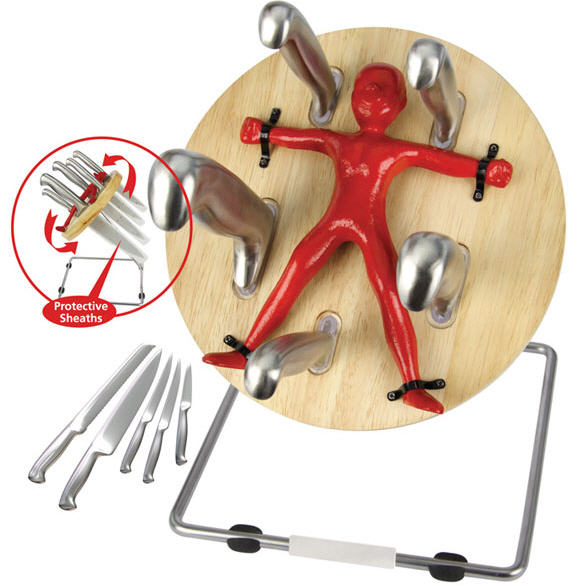The
July 2008 For the Record newsletter contained an interesting article that reaffirms the lack of penetration of EMRs in healthcare today
Electronic health records seem so intuitive. Most of us assume our medical records are digitized to save time and help doctors track patients’ medical history. Americans would probably be surprised that a mere 14% of doctors in the United States use electronic medical records (EMRs)
In this particular instance the point is brought home in relation to the daughter of the Queens who was diagnosed with a rare condition
DiGeorge syndrome that requires multiple visits and complex treatments. It is true that this example is at the higher end of complexity and requires many more medical interactions and participation but we will all experience some level of medical interaction that will certainly not be getting simpler or less detailed. Medicine continues to innovate at an ever increasing pace and customized drugs therapy and treatments and personalized medicine is within sight. So the problems this family faced which included
....when a procedure was delayed for more than fours hours, while doctors and nurses waited for Courtney’s lengthy file to arrive from another hospital floor. Finally, the records arrived when an aide brought the soaring stack of papers and manila folders on a wheelchair
Will be our problems now and in the future as well.
We can look to other countries for their experiences and perhaps even be a little envious as the article cites:
- 90% of doctors in Sweden
- 60% in the United Kingdom
Although the United Kingdom's experiences is not without its own set of challenges and problems and there are those in the US that would question the value derived from such implementations, in general, clinicians and the health care community is agreed - we need to implement electronic medical records for everyone and allow this information to be shared. There is and will continue to be discussion and disagreement on what should be shared, who can see the information and even how it is shared but sharing medical knowledge effectively and efficiently is highly desirable.
Even the technology press is getting in on the commentary with an article from ComputerWorld that makes the point that much of the lack of success in rolling out these systems boils down to the old adage
"Follow the Money"
But the biggest obstacle may be a payment model that offers little financial incentive for most health care providers to invest in using electronic records internally, let alone share them with other providers.
And John Halmka, the CIO for Harvard Medical School and Beth Israel Deaconess Medical Center is quoted as saying
"The provider bears the cost, but most of the benefits accrue to other parties," mainly "payers" -- insurance companies -- and patients who reap the benefits of higher-quality care
So while we wait for the government agencies to fix the incentive problem we need to show value in the implementation and improve the working environment for our clinicians. Taking a leaf out of Apple's play book might help given the impressive (recent stock slides aside) of Apple in the Music Player business (one they were not even in until 2001) and the more recent iPhone. They do come with faults, contrary to the pleadings of your average teenager everyone does not
need an iPhone and lining up for hours or even days to get the latest model is not typical behavior. But with their attention to detail and focus on ease of use and intuitiveness I have to believe that with that same level of attention to detail and actually designing a solution that physicians want to use we could accelerate adoption. I'd bet that an EMR designed to be accessed using an iPhone would be a lot more attractive and receive wider uptake and participation by clinicians than one designed using older technology.
And the market is large:
....there are 921,904 physicians, 723,118 practices and 5,756 hospitals in the U.S., according to the American Medical Association and the American Hospital Association.
But more importantly based on the
US Census population clock there are around 304 Million customers and the numbers increasing....so perhaps the key driver as Grannis suggests will be Personal Health Records
....efforts by Microsoft Corp., Google Inc. and others to build personal health record repositories...... will put pressure on the industry to embrace EMRs
I know Courtney Queen and her parents are grateful for some level of EMR's in the "Vandy Zone" but I am willing to bet that everyone would benefit. 304 million people asking for electronic records and real sharing of their medical information rather than endlessly filling in the same information on paper forms has to carry some weight....
 digital recording pens. We have added technology to speed up the transcription process counteracting the original design intention of the typewriter and the QWERTY Keyboard which was laid out in this format to
digital recording pens. We have added technology to speed up the transcription process counteracting the original design intention of the typewriter and the QWERTY Keyboard which was laid out in this format to 

 and the wait and frustration was no different and in many respects worse since there was only one record and therefore only one person could access it and enter data into the record. Much of this could be fixed with more accessibility, more computers or even better mobile access to the clinical data (here's
and the wait and frustration was no different and in many respects worse since there was only one record and therefore only one person could access it and enter data into the record. Much of this could be fixed with more accessibility, more computers or even better mobile access to the clinical data (here's 
 ?
? that remain on the shelf but all the others do make life easier.
that remain on the shelf but all the others do make life easier.



